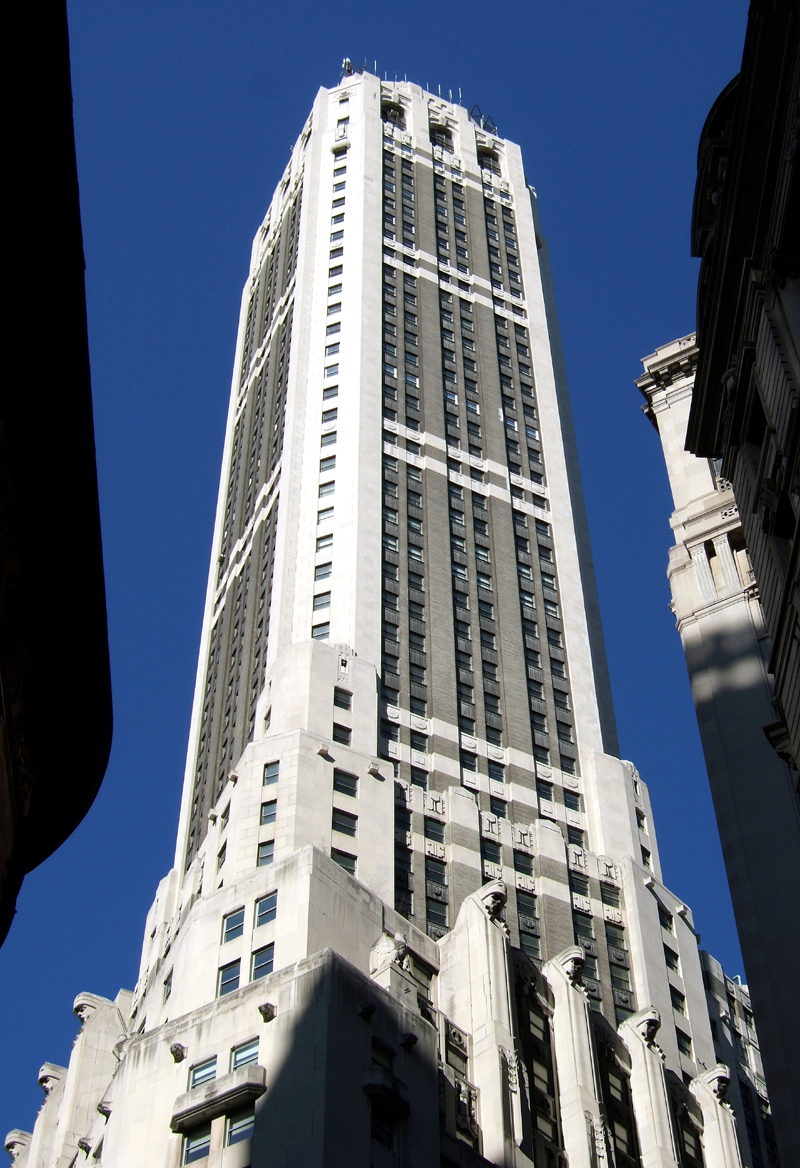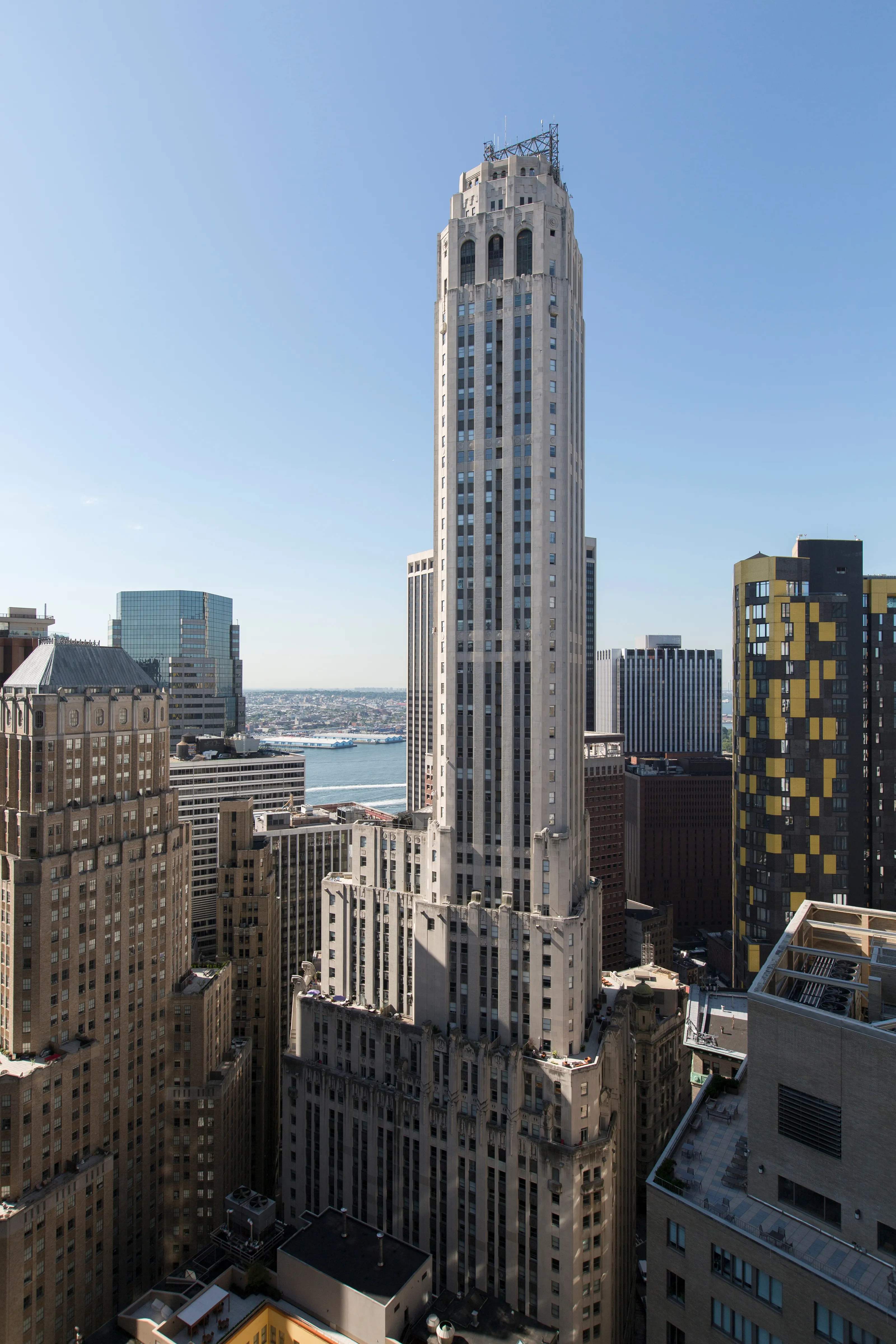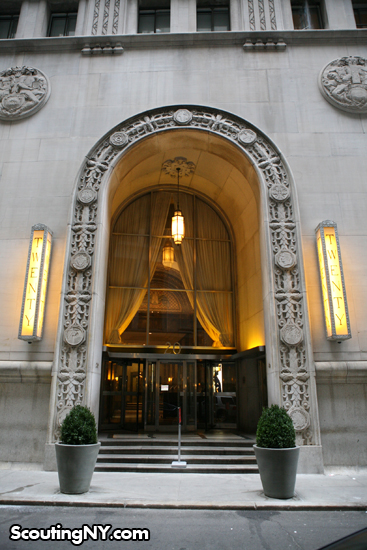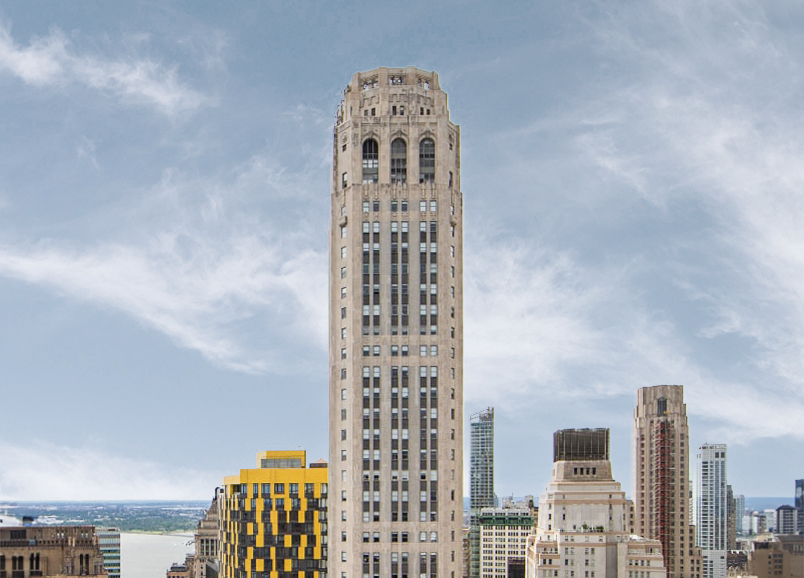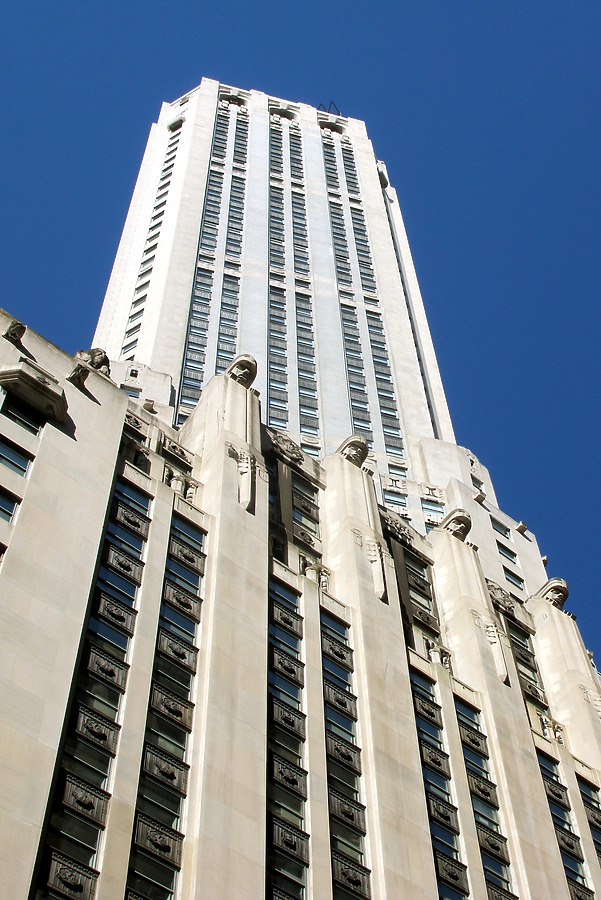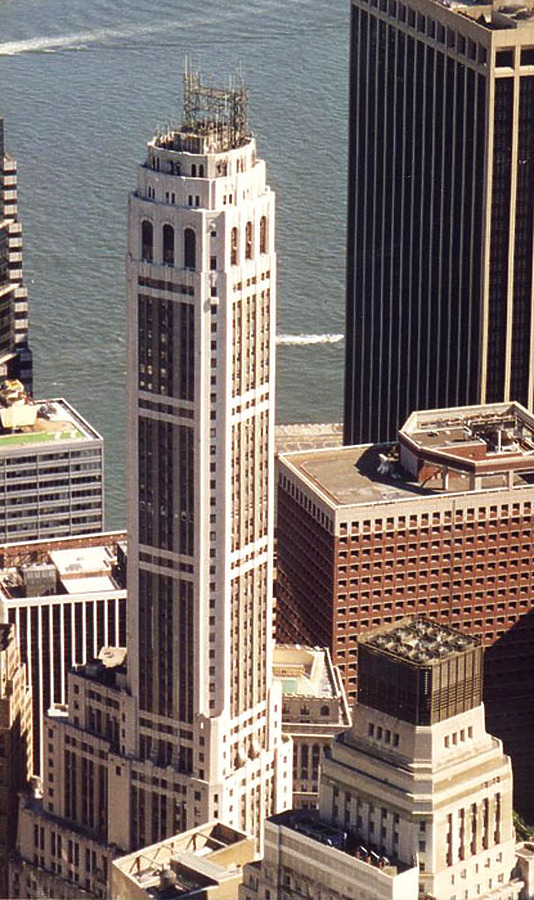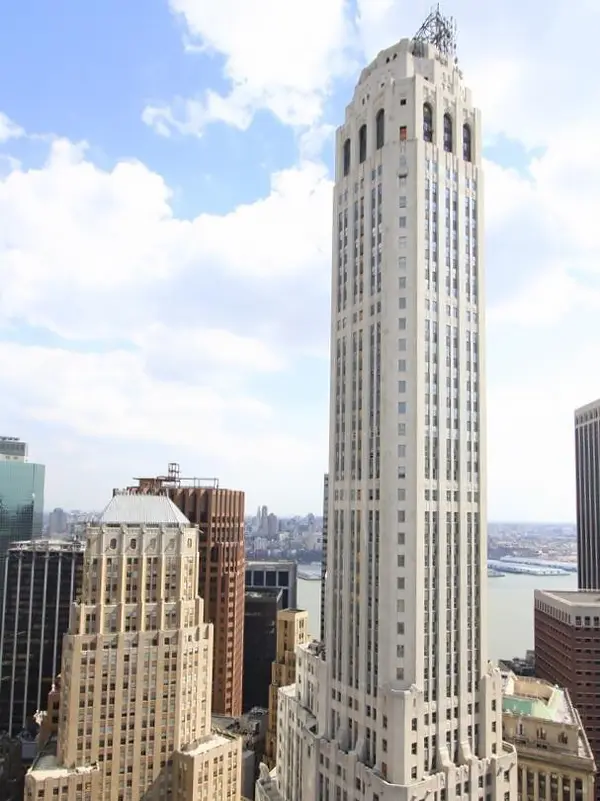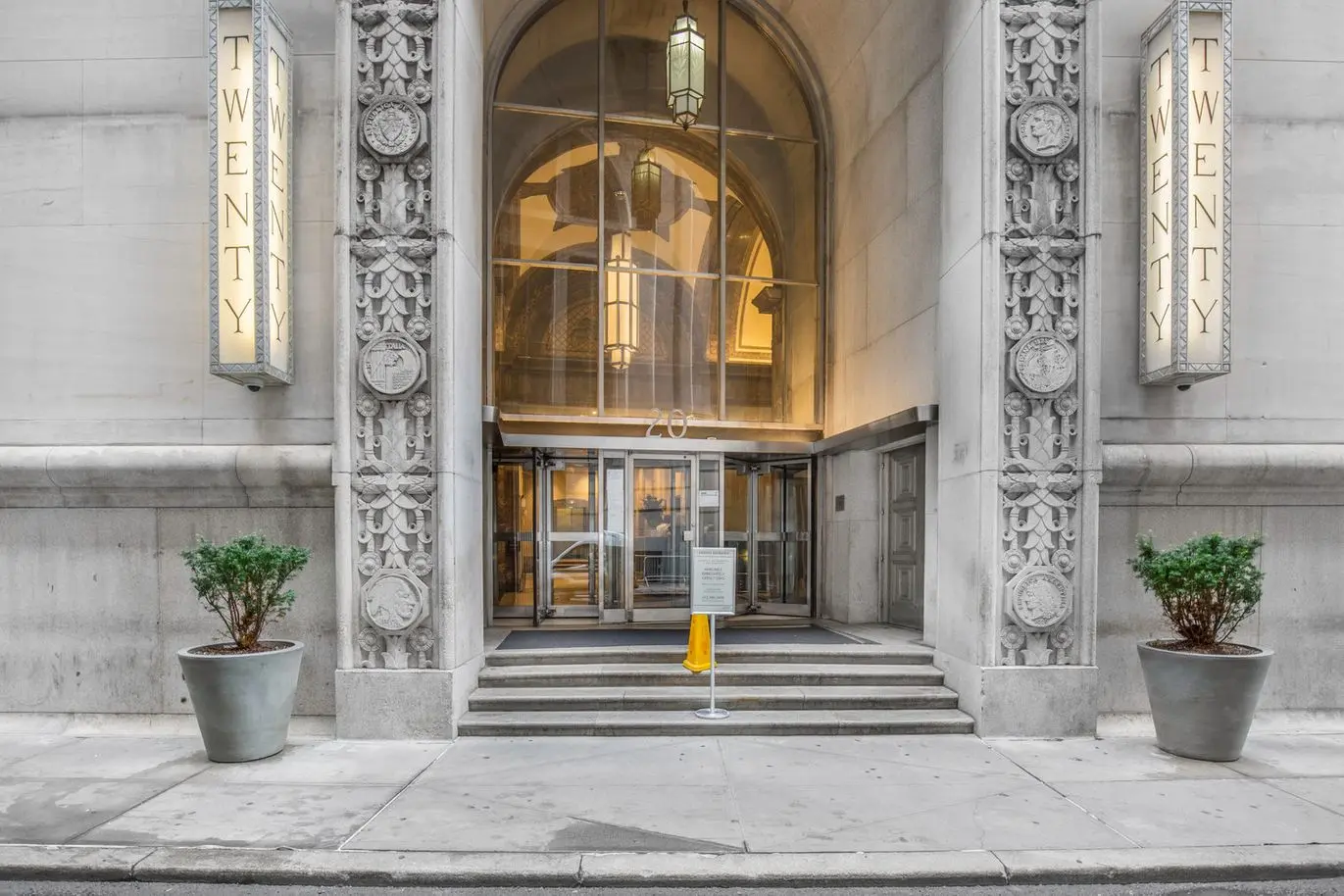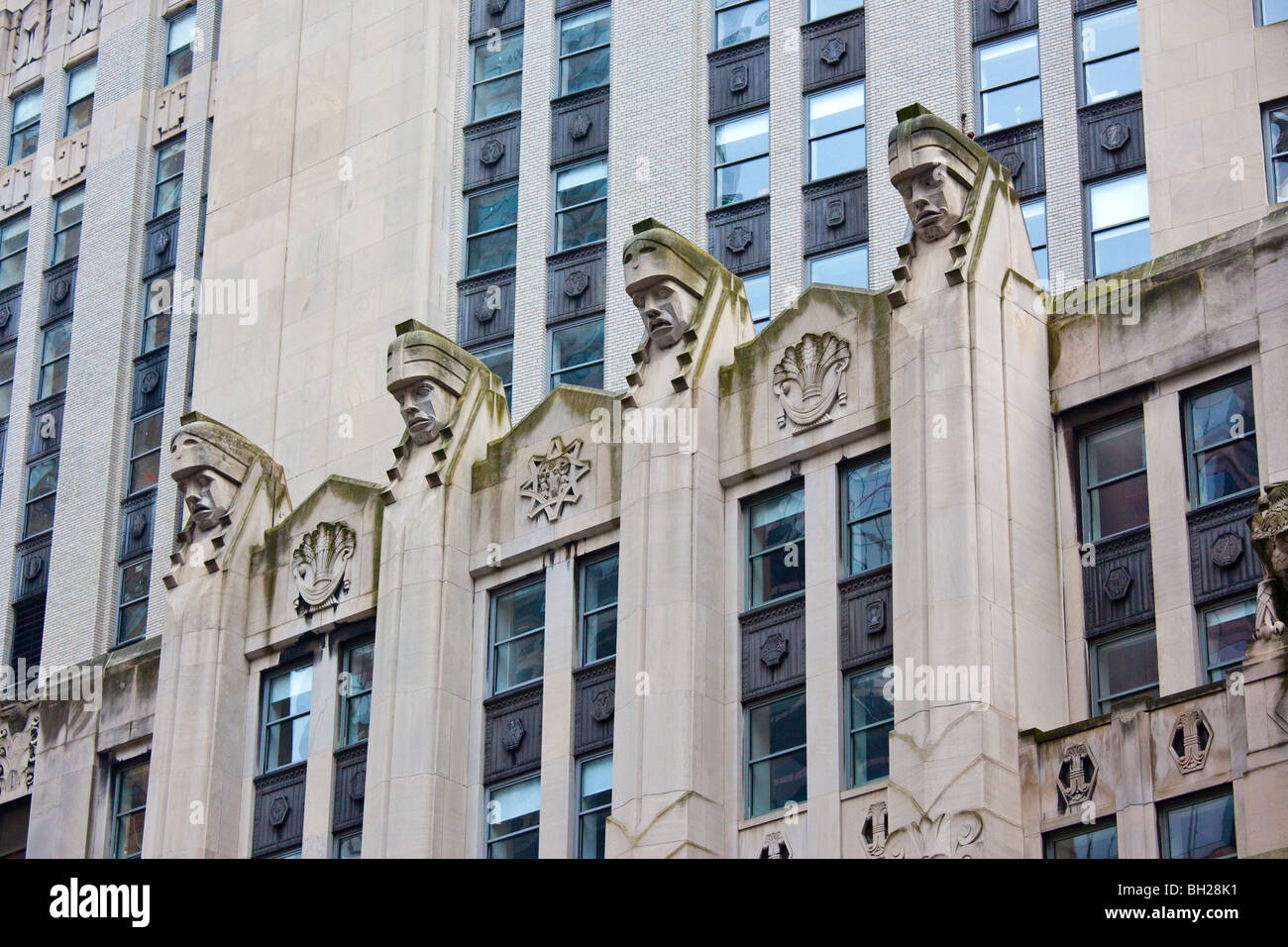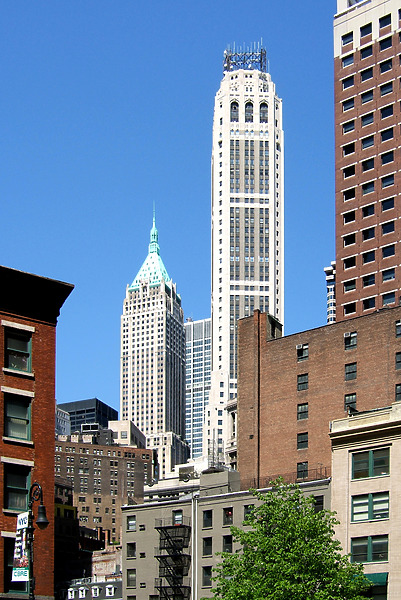20 Exchange Place New York City

Rising above the bustling Financial District of Manhattan, 20 Exchange Place stands as a potent symbol of architectural ambition and Wall Street's historical trajectory.
This Art Deco skyscraper, once among the tallest buildings in the world, has transitioned through various roles, mirroring the economic and social shifts of New York City.
Its story, woven into the fabric of the city's skyline, offers a glimpse into the past while remaining a relevant fixture in the present.
A Glimpse into History
Located at, unsurprisingly, 20 Exchange Place, this iconic structure was completed in 1931.
It was originally commissioned as the headquarters of the City Bank-Farmers Trust Company, later known as Citibank.
At the time of its completion, it stood at 741 feet, briefly holding the title of the third-tallest building globally.
The building’s construction occurred during a period of intense competition among New York's financial institutions to erect the most impressive headquarters.
The 1920s were a boom era, fueled by economic optimism and a race to the sky, defining the city’s architectural landscape.
Designed by the architectural firm Cross & Cross, 20 Exchange Place embodies the Art Deco style, characterized by its geometric ornamentation, setbacks, and the use of modern materials.
The intricate detailing on its facade, the grand lobby adorned with murals and marble, and its sheer scale projected the power and prestige of its original tenant.
The building's design incorporated state-of-the-art technology for its time, including high-speed elevators and advanced ventilation systems, reflecting the era's technological advancements.
These features highlighted the building’s commitment to efficiency and modernity.
From Banking Giant to Residential Haven
In the decades following its completion, 20 Exchange Place remained a prominent office building, housing various financial institutions.
However, as the Financial District evolved and new office towers emerged, the building began to show its age and required significant modernization to remain competitive.
Recognizing the untapped potential of the building’s architectural grandeur and its prime location, developers opted for a transformative renovation in the late 1990s.
This marked a turning point in the building's history: its conversion into a luxury residential building.
The project, undertaken by Metro Loft Management, involved a complete interior overhaul while preserving the building's iconic exterior features.
The transformation included creating spacious apartments, adding modern amenities, and restoring the building's original Art Deco details.
The conversion was a strategic response to the growing demand for residential properties in Lower Manhattan.
The area had seen a shift from a purely commercial center to a more diverse, mixed-use neighborhood.
The building’s new identity as a residential tower appealed to a new generation of New Yorkers seeking luxury living with historic charm.
Life at 20 Exchange Place Today
Today, 20 Exchange Place offers a unique blend of historical elegance and modern comfort.
Its apartments feature high ceilings, expansive windows offering panoramic views of the city, and meticulously restored Art Deco details.
The building also boasts a range of amenities, including a fitness center, a resident lounge, and a rooftop terrace.
Living at 20 Exchange Place offers residents access to the vibrant amenities and cultural attractions of the Financial District.
The building is situated near major transportation hubs, making it convenient for commuters.
Residents can also enjoy the many restaurants, shops, and entertainment venues that have sprung up in the area in recent years.
The building’s location provides a sense of connection to the city’s history while being part of its dynamic present.
The sense of community within the building fosters a social environment for its residents.
The building hosts events and activities aimed at fostering a sense of community among residents.
Impact and Significance
The transformation of 20 Exchange Place from an office building to a residential tower has had a significant impact on the Financial District.
The project helped to diversify the area’s real estate landscape, attracting new residents and contributing to the neighborhood’s revitalization.
It also demonstrated the potential for adaptive reuse, preserving historic buildings while adapting them to meet modern needs.
Furthermore, 20 Exchange Place serves as a reminder of New York City's architectural heritage.
It stands as a testament to the ambition and innovation of the 1920s and 1930s.
Its iconic silhouette continues to grace the city's skyline, inspiring awe and admiration.
“20 Exchange Place is more than just a building; it's a symbol of New York City’s resilience and adaptability,”
says architectural historian Carol Willis, founder of the Skyscraper Museum.
Willis further elaborates that its transition highlights the importance of preserving architectural landmarks while embracing progress and change.
Looking Ahead
As New York City continues to evolve, 20 Exchange Place will undoubtedly remain a prominent landmark.
Its enduring appeal lies in its architectural beauty, its rich history, and its ability to adapt to the changing needs of the city.
The building serves as a reminder that the past and present can coexist harmoniously, enriching the urban landscape and the lives of those who inhabit it.
The management of 20 Exchange Place continues to invest in maintaining and improving the building, ensuring its long-term viability and appeal.
Future plans may include further enhancements to its amenities and interior spaces, as well as initiatives to promote sustainability and energy efficiency.
20 Exchange Place will continue to stand tall, embodying the spirit of New York City for generations to come.
